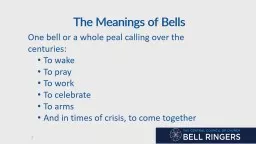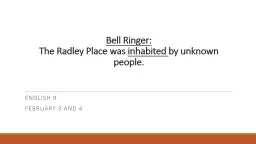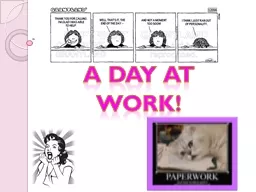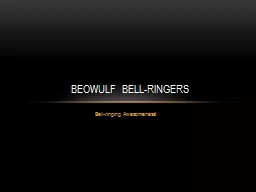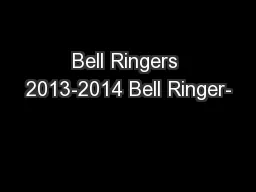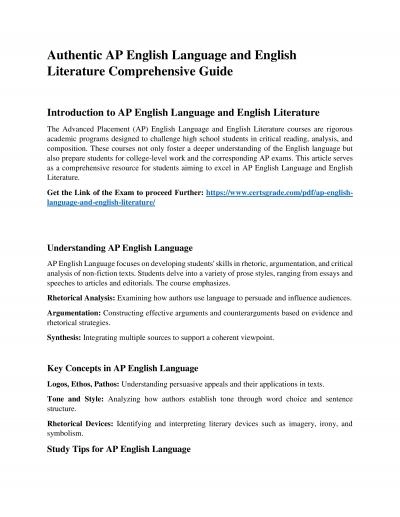PPT-A Short History of English Church Bells and Bell Ringing
Author : min-jolicoeur | Published Date : 2018-10-30
With thanks to and acknowledgment of the A ssociation of R inging T eachers The Meanings of Bells One bell or a whole peal calling over the centuries To wake
Presentation Embed Code
Download Presentation
Download Presentation The PPT/PDF document "A Short History of English Church Bells ..." is the property of its rightful owner. Permission is granted to download and print the materials on this website for personal, non-commercial use only, and to display it on your personal computer provided you do not modify the materials and that you retain all copyright notices contained in the materials. By downloading content from our website, you accept the terms of this agreement.
A Short History of English Church Bells and Bell Ringing: Transcript
Download Rules Of Document
"A Short History of English Church Bells and Bell Ringing"The content belongs to its owner. You may download and print it for personal use, without modification, and keep all copyright notices. By downloading, you agree to these terms.
Related Documents

